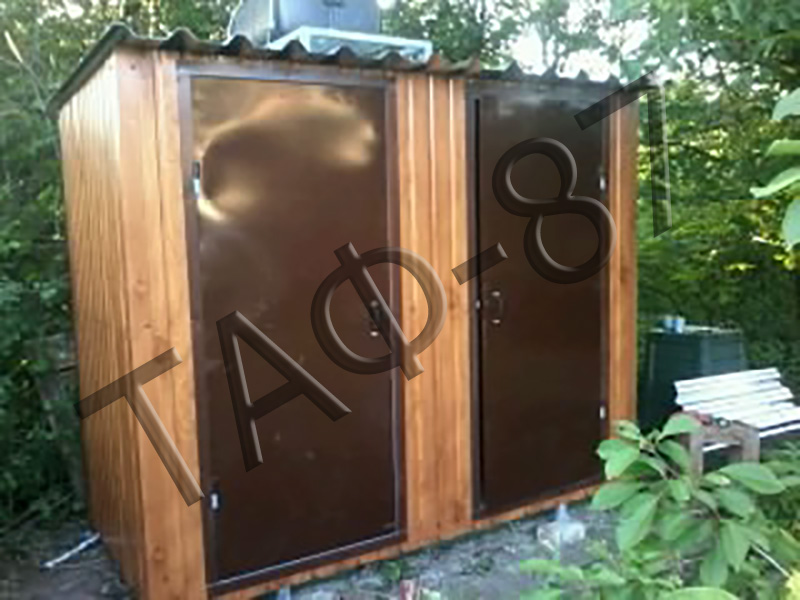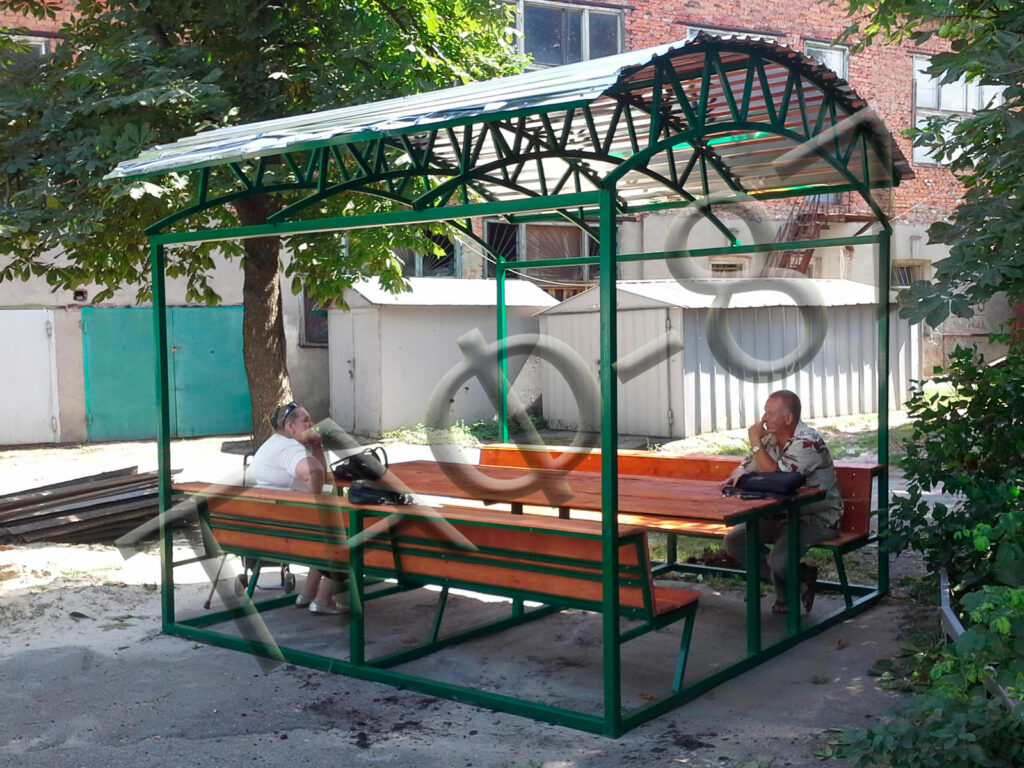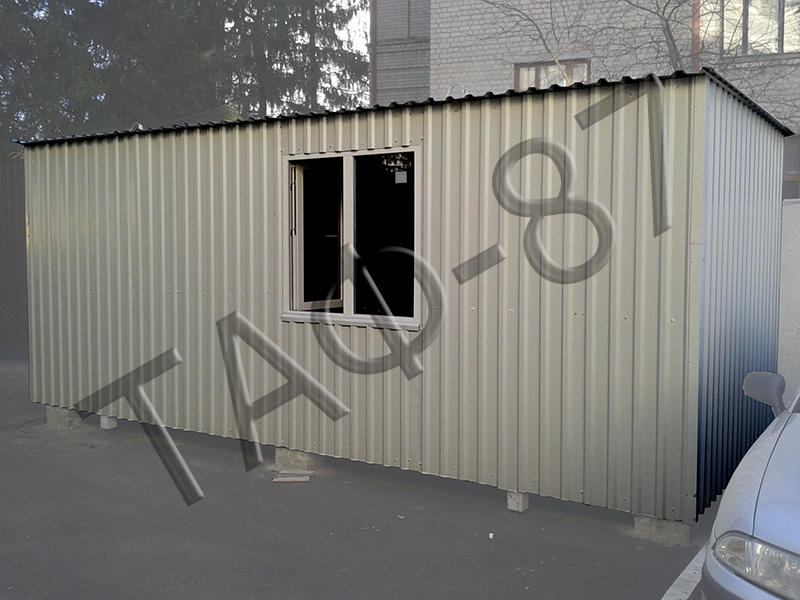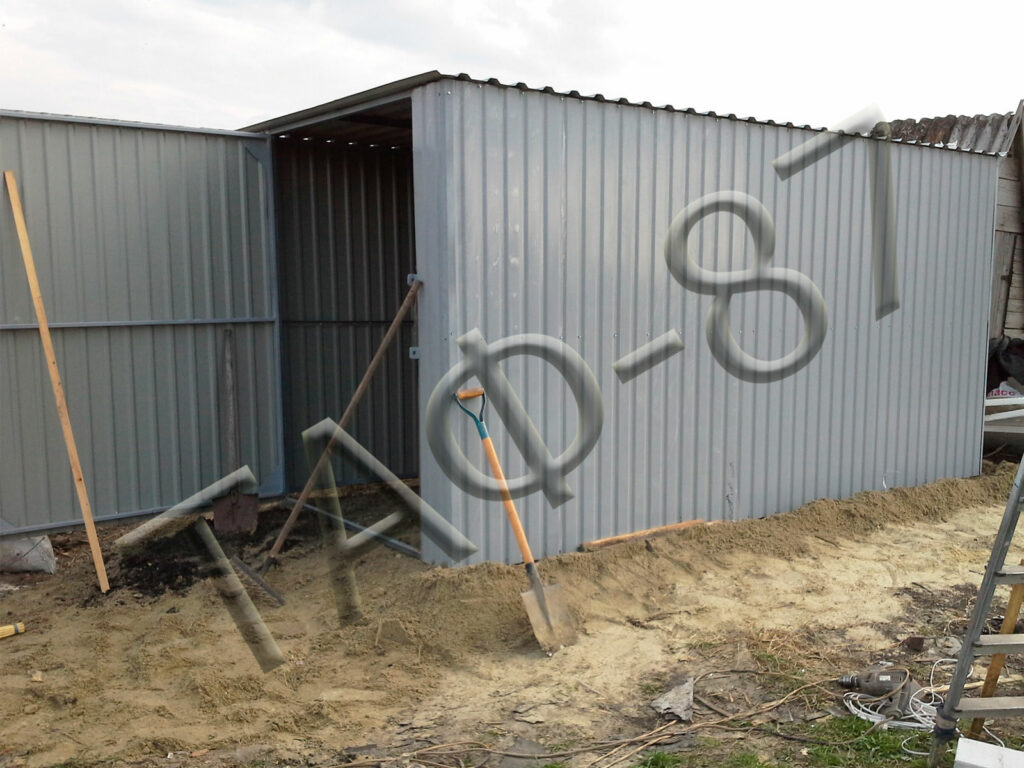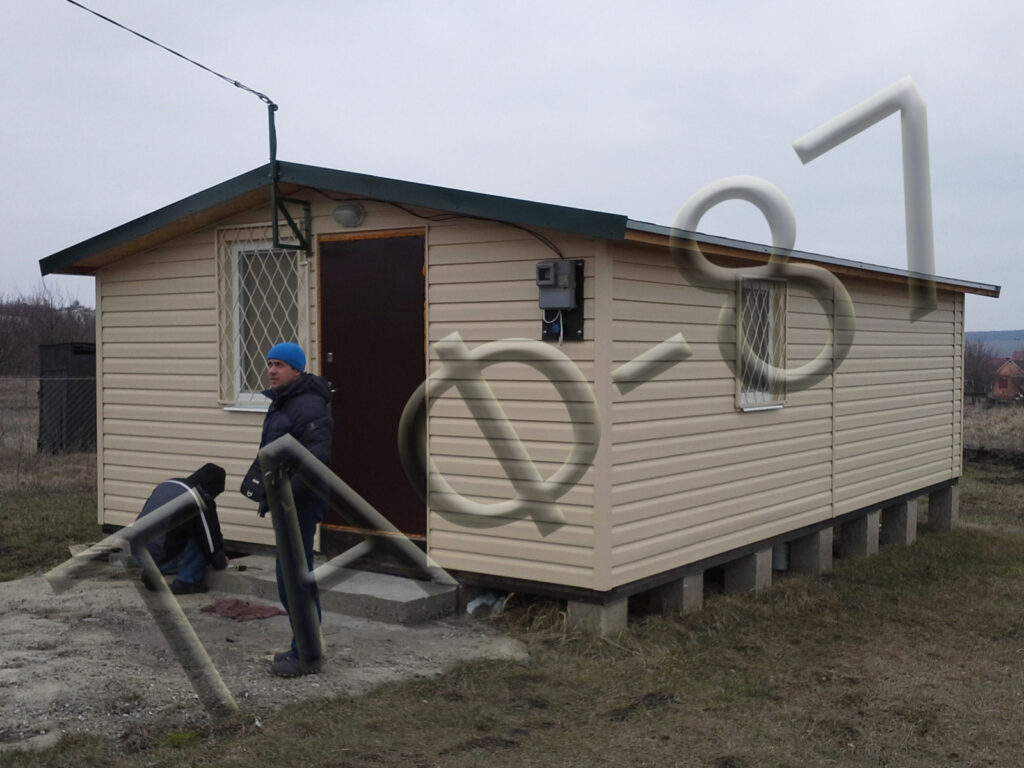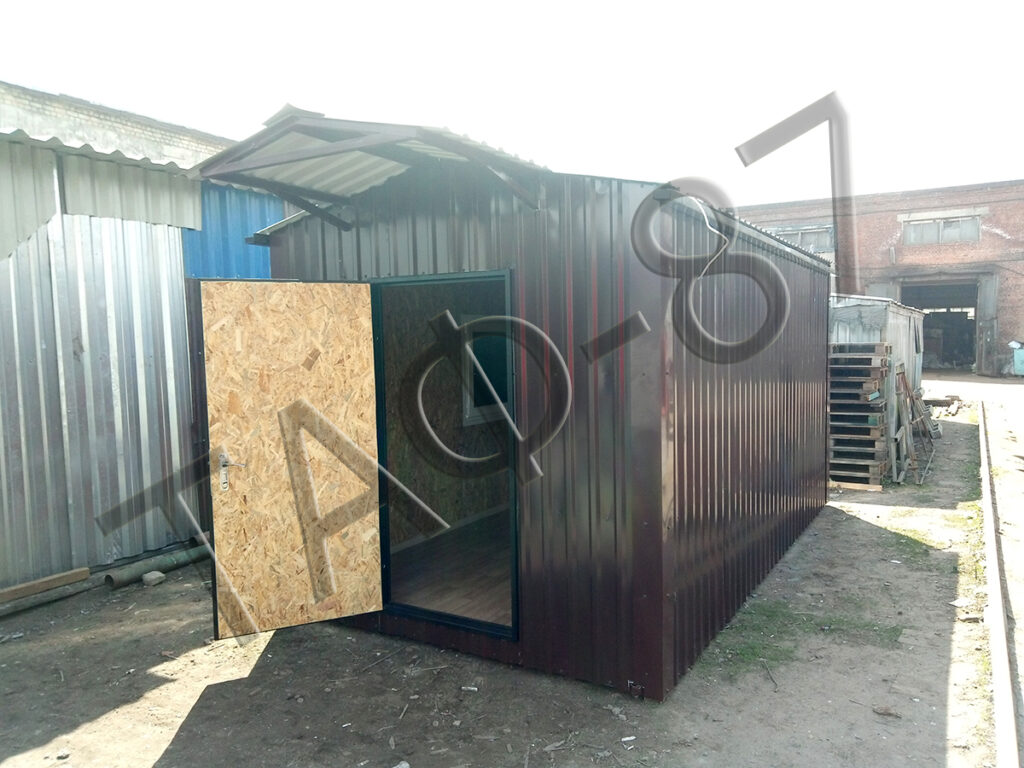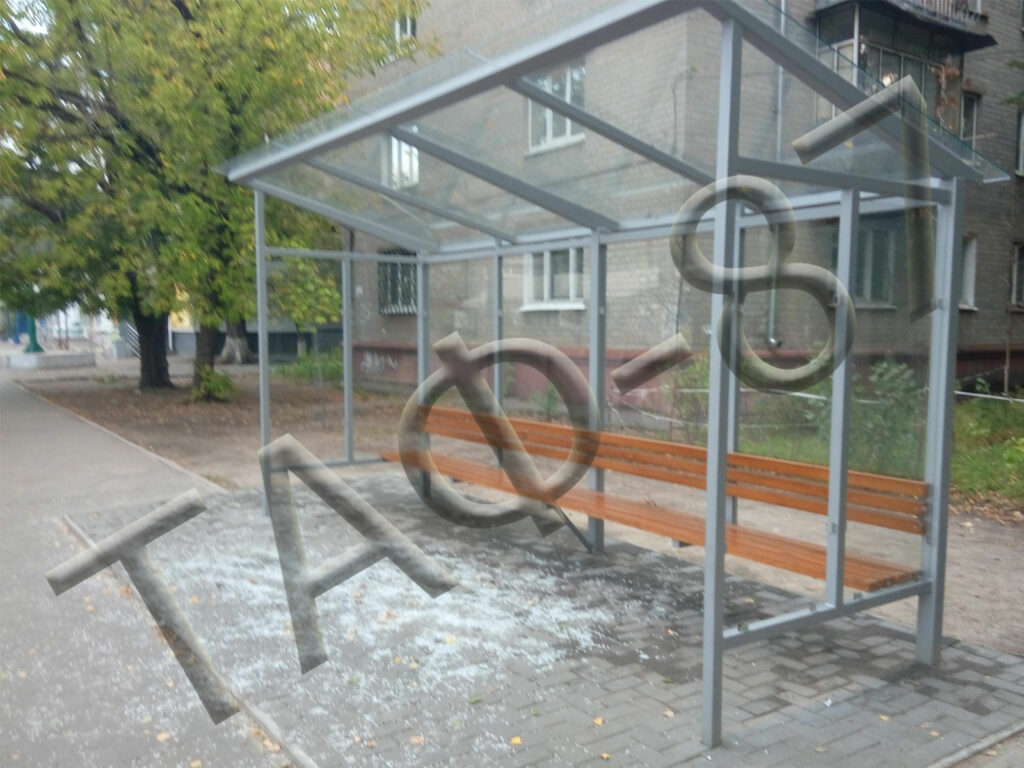Legislative sphere for SAFs
“Small architectural forms” are small structures or objects that are installed in urban or natural environments for various purposes such as functionality, aesthetics or comfort. These forms can be decorative, practical or a combination of both.
Small architectural forms and the legislative sphere interact in various aspects of urban planning and development of public spaces. Here are some key points of this interaction:
- Building codes and regulations: Legislation defines the rules and standards that must be taken into account when designing and installing small architectural forms. These may be requirements for the safety of structures, distances to other objects, ergonomics and accessibility for people with disabilities, etc.
- Zoning and Permitting: Many cities have designated zones where small architectural forms are permitted. Before installing such objects, it is often necessary to obtain permission from local authorities.
- Public space and aesthetics: Legislation can also define rules regarding the appearance and aesthetic characteristics of small architectural forms, so that they correspond to the architectural style of the city or regular planning.
- Safety and accessibility: Legislation can regulate aspects of safety and accessibility of small architectural forms for all populations, including people with disabilities.
- Protection of cultural heritage: In the event that small architectural forms are placed in a cultural heritage zone, legislation may have additional requirements for their appearance and materials.
All these aspects help to ensure the harmonious and safe development of the urban environment, the preservation of cultural heritage and the creation of comfortable conditions for residents and visitors of the city.
